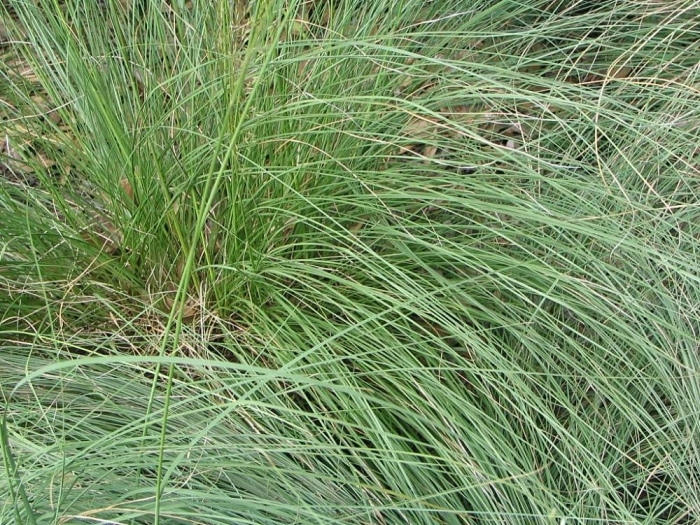Prairie Dropseed
(Sporobolus heterolepis)
Prairie Dropseed (Sporobolus heterolepis)
/
/

Photo by David J. Stang
CC BY-SA 4.0
Image By:
Photo by David J. Stang
Recorded By:
Copyright:
CC BY-SA 4.0
Copyright Notice:
Photo by: Photo by David J. Stang | License Type: CC BY-SA 4.0 | License URL: https://creativecommons.org/licenses/by-sa/4.0 | Uploader: David Stang | Publisher: Wikimedia Commons | Title: Sporobolus_heterolepis_6zz.jpg | Notes: Uploading geograph.org.uk image from https://www.geograph.org.uk/photo/3454149 |

























































Estimated Native Range
Summary
Sporobolus heterolepis, commonly known as Prairie Dropseed, is a deciduous perennial grass native to North American tallgrass prairies, including the Central and Eastern United States. It is well-adapted to open prairies, savannas, and glades where it thrives in well-drained soils. This grass typically grows in dense clumps reaching 2 to 3 feet in height and width, with fine-textured, arching leaves that transition from a vibrant green in summer to golden rust in fall, providing seasonal interest. The foliage is resilient against snow, maintaining its form throughout winter. From late July to mid-September, Prairie Dropseed produces airy, open panicles of rusty-tan flowers that are subtly fragrant, with a scent reminiscent of fresh popcorn, cilantro, or sunflower seeds, and rise above the foliage, adding a delicate texture to the landscape.
Prairie Dropseed is valued for its graceful form, drought tolerance, and the visual interest it provides throughout the year. It is commonly used in naturalistic plantings, prairie restorations, and as an accent in gardens and borders. Its drought tolerance also makes it suitable for green roofs and xeriscaping. It is best grown in full sun and requires well-drained soil with low to medium moisture. While it is low-maintenance and not typically prone to disease, it can be slow to establish and may require patience during the initial growing period.CC BY-SA 4.0
Prairie Dropseed is valued for its graceful form, drought tolerance, and the visual interest it provides throughout the year. It is commonly used in naturalistic plantings, prairie restorations, and as an accent in gardens and borders. Its drought tolerance also makes it suitable for green roofs and xeriscaping. It is best grown in full sun and requires well-drained soil with low to medium moisture. While it is low-maintenance and not typically prone to disease, it can be slow to establish and may require patience during the initial growing period.CC BY-SA 4.0
Plant Description
- Plant Type: Grass
- Height: 2-3 feet
- Width: 2-3 feet
- Growth Rate: Moderate
- Flower Color: N/A
- Flowering Season: Summer, Fall
- Leaf Retention: Deciduous
Growth Requirements
- Sun: Full Sun
- Water: Medium, High
- Drainage: Medium
Common Uses
Bank Stabilization, Bird Garden, Border Plant, Butterfly Garden, Deer Resistant, Drought Tolerant, Erosion Control, Fire Resistant, Fragrant, Groundcover, Low Maintenance, Rabbit Resistant, Rock Garden, Street Planting
Natural Habitat
North American tallgrass prairies, savannas, and glades
Other Names
Common Names: Northern Dropseed, Sporobole À Glumes Inégales, Präriedroppgräs
Scientific Names: , Sporobolus heterolepis, Vilfa heterolepis, Agrostis heterolepis,
GBIF Accepted Name: Sporobolus heterolepis (A.Gray) A.Gray